Home>Interior Design>How To Make Windows And Rooms Look Bigger
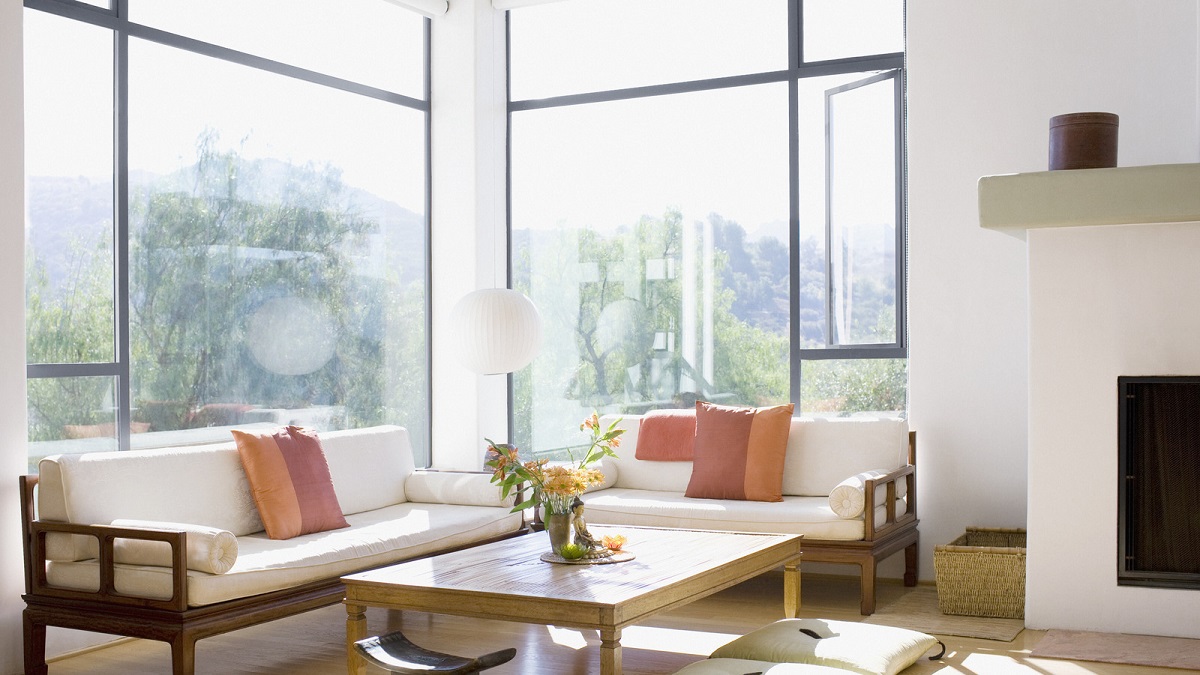

Interior Design
How To Make Windows And Rooms Look Bigger
Modified: August 27, 2024
Learn the best interior design secrets to make windows look bigger, creating the illusion of more space in your rooms. Transform your home with these expert tips.
(Many of the links in this article redirect to a specific reviewed product. Your purchase of these products through affiliate links helps to generate commission for Storables.com, at no extra cost. Learn more)
Introduction
A well-designed interior not only enhances the visual appeal of a space, but it can also make a room feel more spacious and inviting. One effective way to achieve this is by making windows look bigger, as it creates the illusion of a larger space. By employing a few simple techniques, you can maximize the natural light and create an open and airy atmosphere in any room of your home. In this article, we will explore various strategies on how to make windows look bigger, and subsequently, make the rooms in your home feel more expansive.
Key Takeaways:
- Embracing light colors, utilizing natural light, and strategic furniture placement can make windows appear larger, creating a bright and spacious atmosphere in any room.
- Incorporating illusion techniques, creating visual depth, and embracing minimalism can enhance the perceived size of windows, transforming living spaces into open and inviting environments.
Read more: How To Make A Room Look Bigger With Mirrors
Choosing the right colors
When it comes to making windows look bigger, the choice of colors plays a significant role. Light colors are your best friend in creating an illusion of spaciousness. They reflect more light, making a room appear brighter and more open. Opt for soft neutral shades like whites, creams, pastels, and light grays to maximize the effect.
Another effective strategy is to use monochromatic color schemes. This involves using different shades of the same color throughout the room. By sticking to a single color palette, you avoid contrasting colors that can visually shrink the space around the windows.
Avoiding dark color contrasts is also crucial. Dark colors tend to absorb light and make a room feel smaller. If you want to incorporate deeper hues, consider using them as accents rather than as the main color scheme. By keeping the walls and furniture in light tones, you can draw attention to the windows and create the illusion of a larger space.
Utilizing natural light
Natural light is key to making windows look bigger and creating an open, airy atmosphere in a room. Here are some effective ways to utilize natural light:
1. Removing heavy window coverings: Thick curtains or blinds can obstruct light and make windows appear smaller. Consider replacing them with lighter options such as sheer curtains or blinds. These allow more light to pass through while maintaining privacy.
2. Using sheer curtains or blinds: Sheer curtains or blinds are ideal for maximizing the amount of natural light in a room. Their translucent nature allows light to filter through, creating a soft and ethereal ambiance.
3. Adding mirrors to reflect light: Mirrors are great for creating the illusion of bigger windows and amplifying natural light. Place a large mirror on the opposite wall of a window to reflect the light back into the room. This will make the windows feel larger and the space brighter.
By implementing these strategies, you can harness the power of natural light and make your windows appear larger, transforming the overall feel of your space.
Strategic furniture placement
The arrangement and size of your furniture can have a significant impact on how windows are perceived in a room. Here are some tips for strategic furniture placement to make your windows look bigger:
1. Opt for smaller furniture pieces: Choosing smaller-scale furniture allows more visual space around the windows. Bulky or oversized furniture can obstruct the view and make the windows feel smaller. Consider furniture with sleek designs and minimalist profiles.
2. Use multi-functional furniture: To optimize space and minimize clutter, consider using multi-functional furniture. For example, a storage ottoman can serve as both a seat and a place to store items. This not only saves space but also keeps the area around the windows clear and open.
3. Arrange furniture away from windows: Keep furniture away from blocking the natural light that enters through the windows. By arranging furniture away from the windows, you create a clear line of sight and maximize the openness of the space. This allows the windows to take center stage and appear larger.
By being mindful of the size and placement of your furniture, you can create a room that feels more spacious and draws attention to the windows, making them appear bigger and more prominent.
Use light-colored curtains to let in natural light and create the illusion of larger windows. Position mirrors opposite windows to reflect light and make the room feel more spacious.
Using illusion techniques
To further enhance the appearance of larger windows, you can employ various illusion techniques that trick the eye and create the perception of more space. Here are some effective techniques:
1. Hanging curtains higher and wider: To make windows look bigger, hang curtains higher than the actual window frame and wider than the window itself. This creates the illusion of taller and wider windows, making the room appear larger. Additionally, using floor-length curtains adds verticality and draws the eye upward.
2. Installing floor-to-ceiling shelving: Another way to create the illusion of larger windows is by installing floor-to-ceiling shelving units adjacent to the windows. This draws the eyes upward and makes the windows appear grander. You can showcase books, decorative items, or plants on the shelves to further enhance the visual appeal.
3. Adding large mirrors on walls: Mirrors are a powerful tool in creating the illusion of space. Placing large mirrors on the walls adjacent to the windows reflects light back into the room and extends the view. This not only enhances the natural light but also gives the illusion of larger windows and a more expansive space.
By incorporating these illusion techniques, you can effectively make your windows look bigger and create a visually stunning and spacious environment.
Read more: How To Make A Small Dining Room Look Bigger
Creating visual depth
To make windows look bigger and create a sense of visual depth in a room, it’s important to incorporate design elements that add dimension and interest. Here are some effective strategies:
1. Using horizontal lines: Horizontal lines can help create the illusion of width and make windows appear larger. You can achieve this by incorporating horizontal elements in your design, such as long shelves, horizontal stripes on walls, or furniture with elongated shapes.
2. Incorporating layered lighting: A well-lit room can make windows look bigger and amplify the sense of depth. Use a combination of ambient, task, and accent lighting to create layers of light in the room. This not only highlights the windows but also adds a sense of depth by illuminating different areas of the space.
3. Adding texture to walls and floors: Texture plays a crucial role in adding visual interest and depth to a room. Consider adding textured wallpaper, a stone accent wall, or a patterned rug to create a contrast against smooth window surfaces. The juxtaposition of textures will draw attention to the windows, making them appear larger and more dynamic.
By incorporating these elements of visual depth, you can enhance the overall design of your room and make the windows stand out, giving the impression of a more spacious and inviting space.
Decluttering and minimalism
Decluttering and embracing minimalism are key strategies in creating a sense of openness and making windows look bigger. By simplifying the overall design and removing unnecessary items, you can enhance the visual appeal of your space. Here’s how to achieve a decluttered and minimalist look:
1. Removing unnecessary items: Start by decluttering your space and removing items that are not essential or don’t contribute to the overall aesthetic. This can include excess furniture, decor, and personal belongings. By creating more open space, you allow the windows to become the focal point and appear larger.
2. Keeping surfaces clean and organized: Make it a habit to keep surfaces clean and clutter-free. Avoid placing too many items on window sills or shelves near the windows. Instead, keep these areas minimal and allow the windows to command attention. This helps maintain a sense of openness and makes the windows look more prominent.
3. Embracing minimalist design principles: Embrace minimalist design principles throughout your space. Keep furniture and decor simple and clean-lined, with a focus on functionality. Use a limited color palette and incorporate a few statement pieces to add visual interest. Minimalism creates a sense of calm and spaciousness, allowing the windows to shine and appear larger in the overall design.
By decluttering your space and embracing minimalism, you can create a clean and organized environment that enhances the perceived size of your windows. This, in turn, contributes to a more spacious and inviting atmosphere in your home.
Conclusion
Making windows look bigger is not only about aesthetics but also about creating a sense of openness and maximizing natural light in a room. By utilizing the right colors, strategic furniture placement, illusion techniques, creating visual depth, and embracing minimalism, you can transform the appearance of your windows and make your rooms feel more spacious and inviting.
Choosing light colors and avoiding dark contrasts can make the windows appear larger and create a brighter atmosphere. Utilizing natural light by removing heavy window coverings, using sheer curtains or blinds, and adding mirrors can amplify the sense of space and reflect light throughout the room.
Strategically placing furniture away from windows, opting for smaller furniture pieces, and using multi-functional furniture can create an open and unobstructed view of the windows. Illusion techniques such as hanging curtains higher and wider, installing floor-to-ceiling shelving, and adding large mirrors on walls can give the illusion of larger windows.
Creating visual depth by incorporating horizontal lines, layered lighting, and texture on walls and floors adds dimension to a room. Finally, decluttering and embracing minimalism help maintain a clean and organized space that allows the windows to stand out and create a sense of spaciousness.
By implementing these techniques and design principles, you can effectively make your windows look bigger, enhance the natural light in your rooms, and transform your living spaces into open and inviting environments.
Frequently Asked Questions about How To Make Windows And Rooms Look Bigger
Was this page helpful?
At Storables.com, we guarantee accurate and reliable information. Our content, validated by Expert Board Contributors, is crafted following stringent Editorial Policies. We're committed to providing you with well-researched, expert-backed insights for all your informational needs.
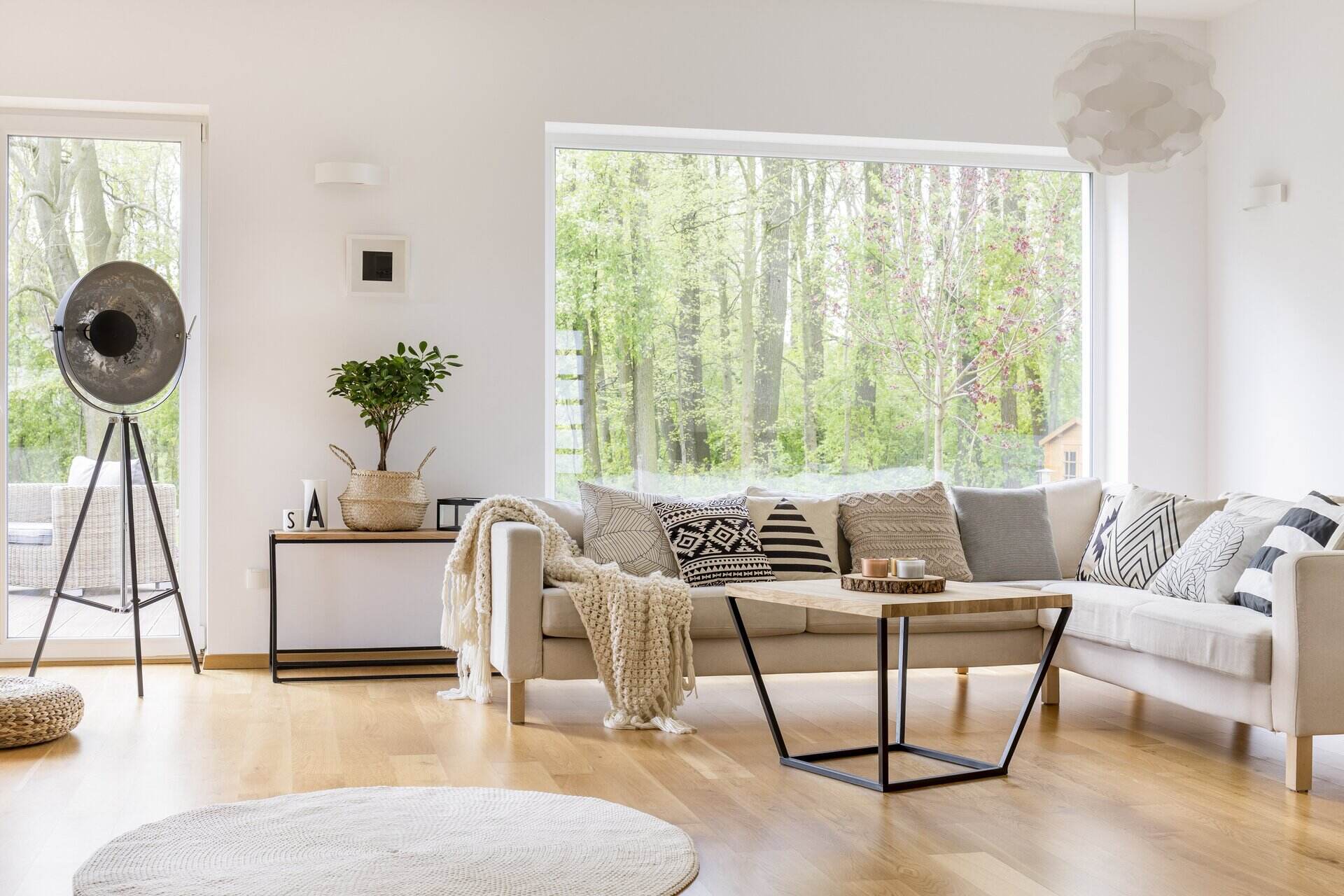
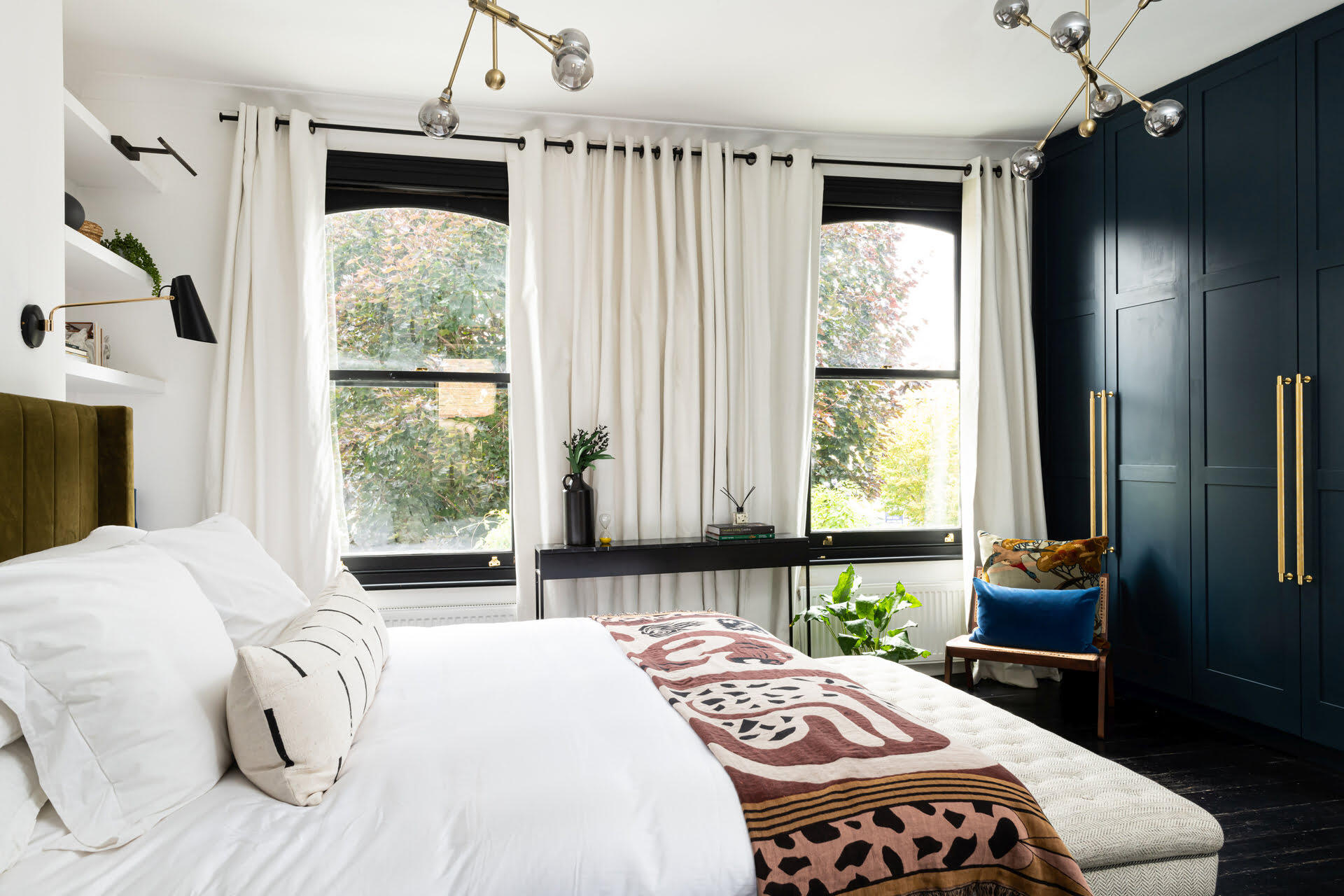
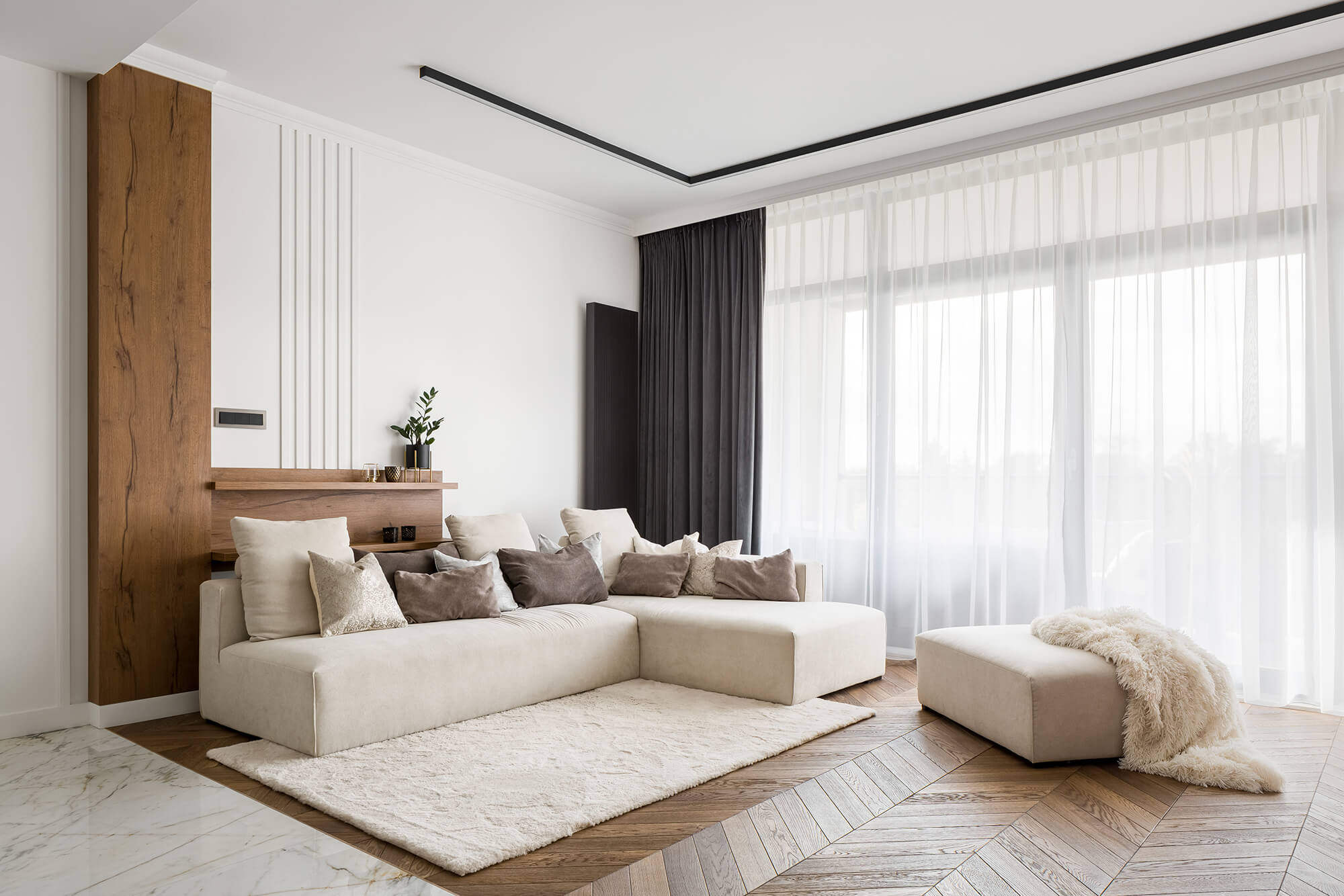
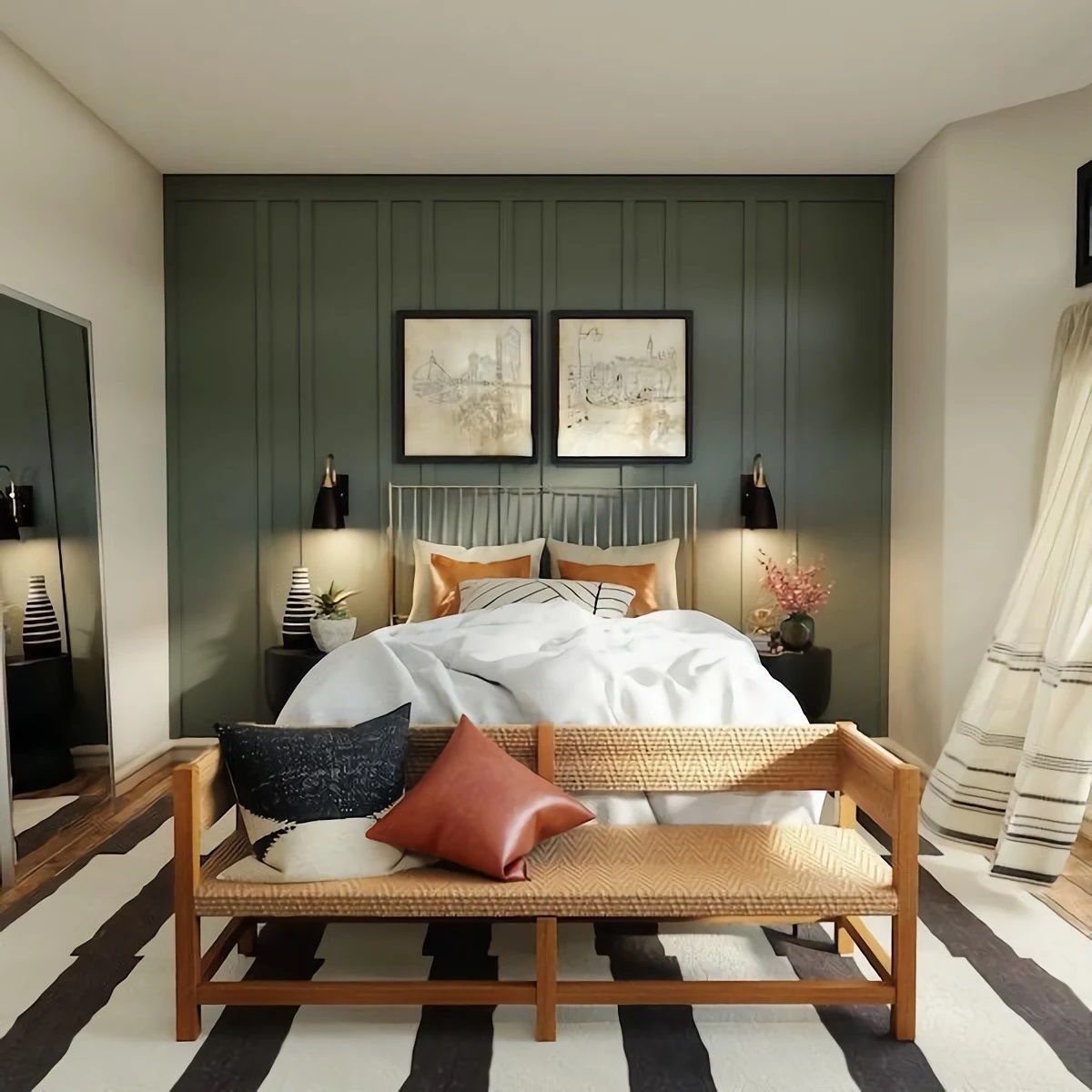
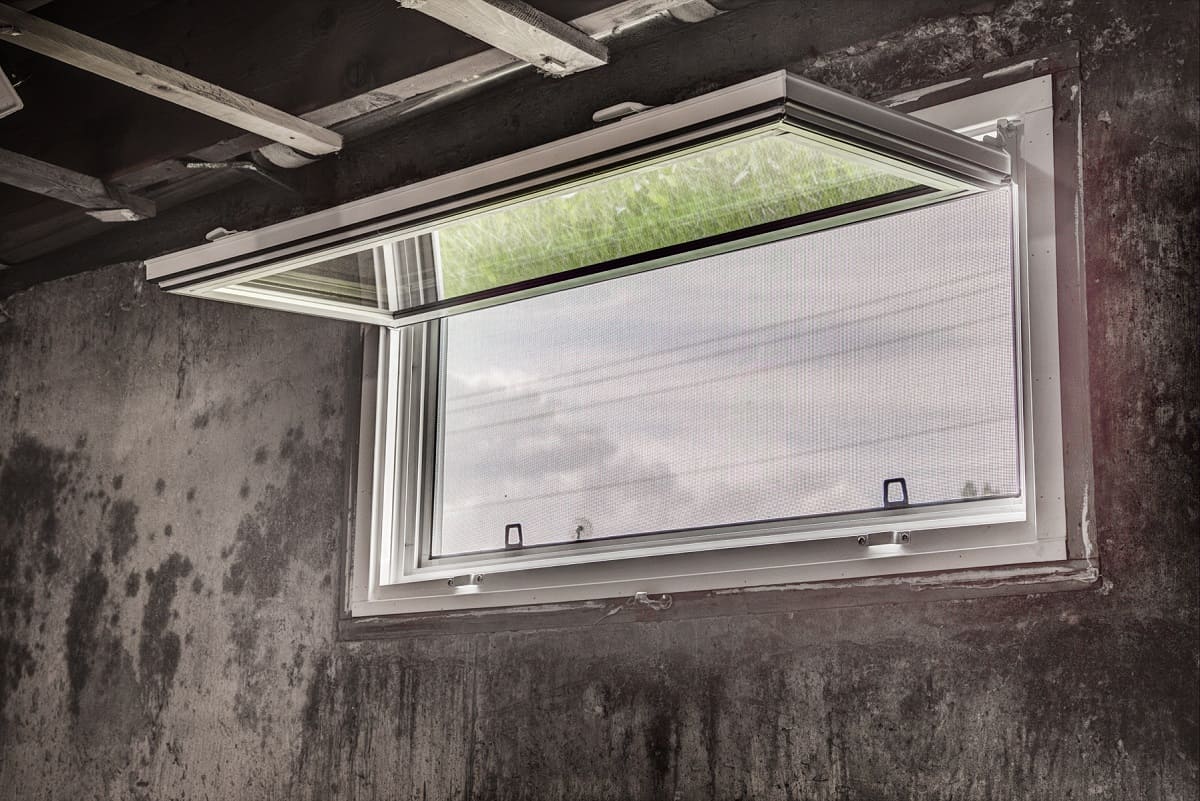

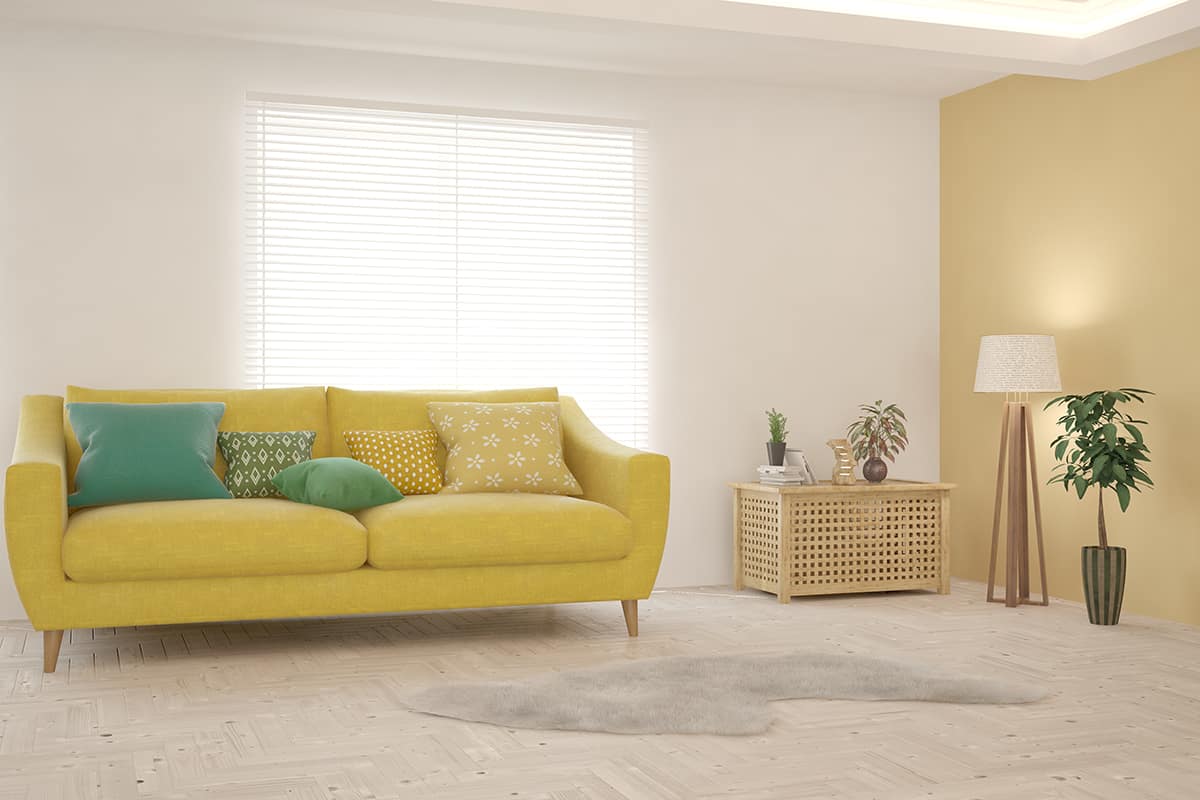
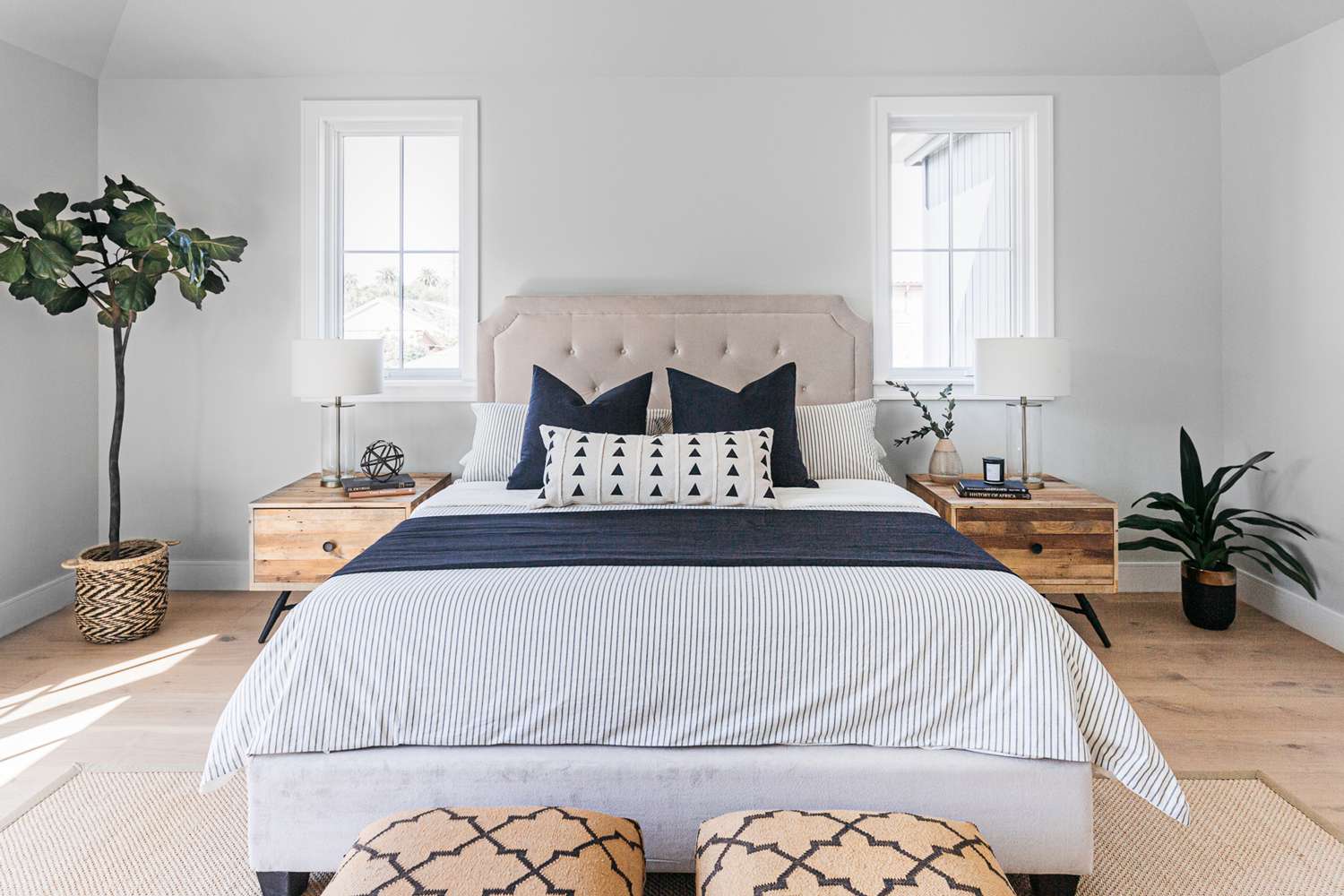
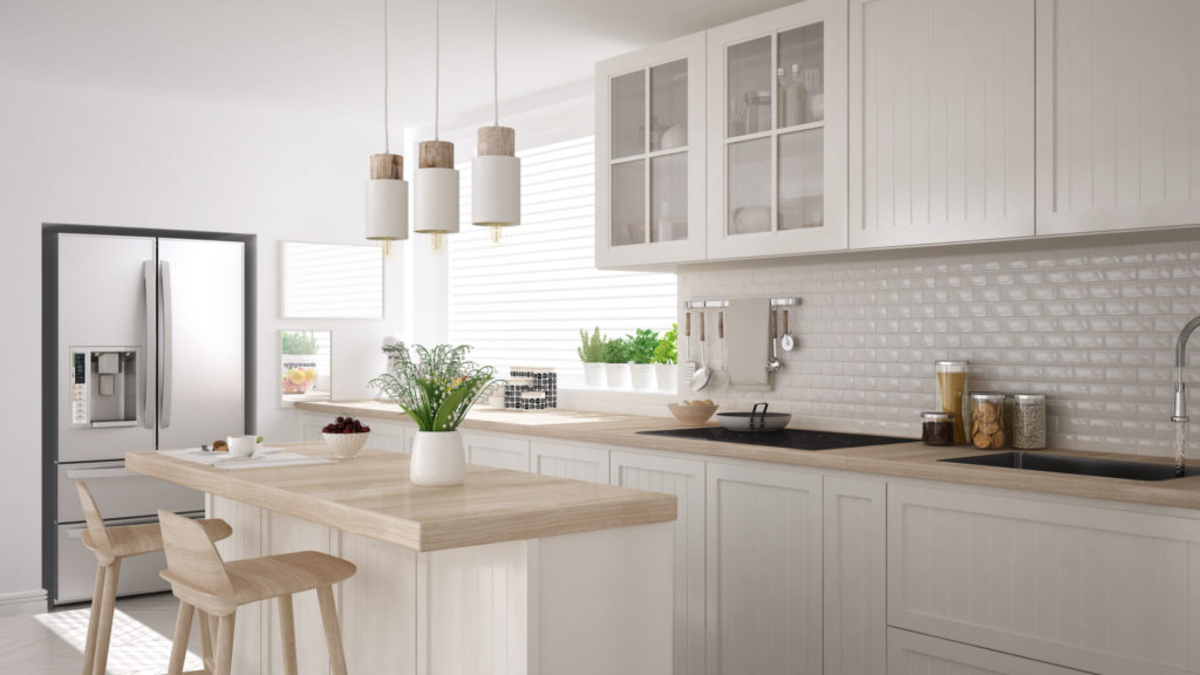

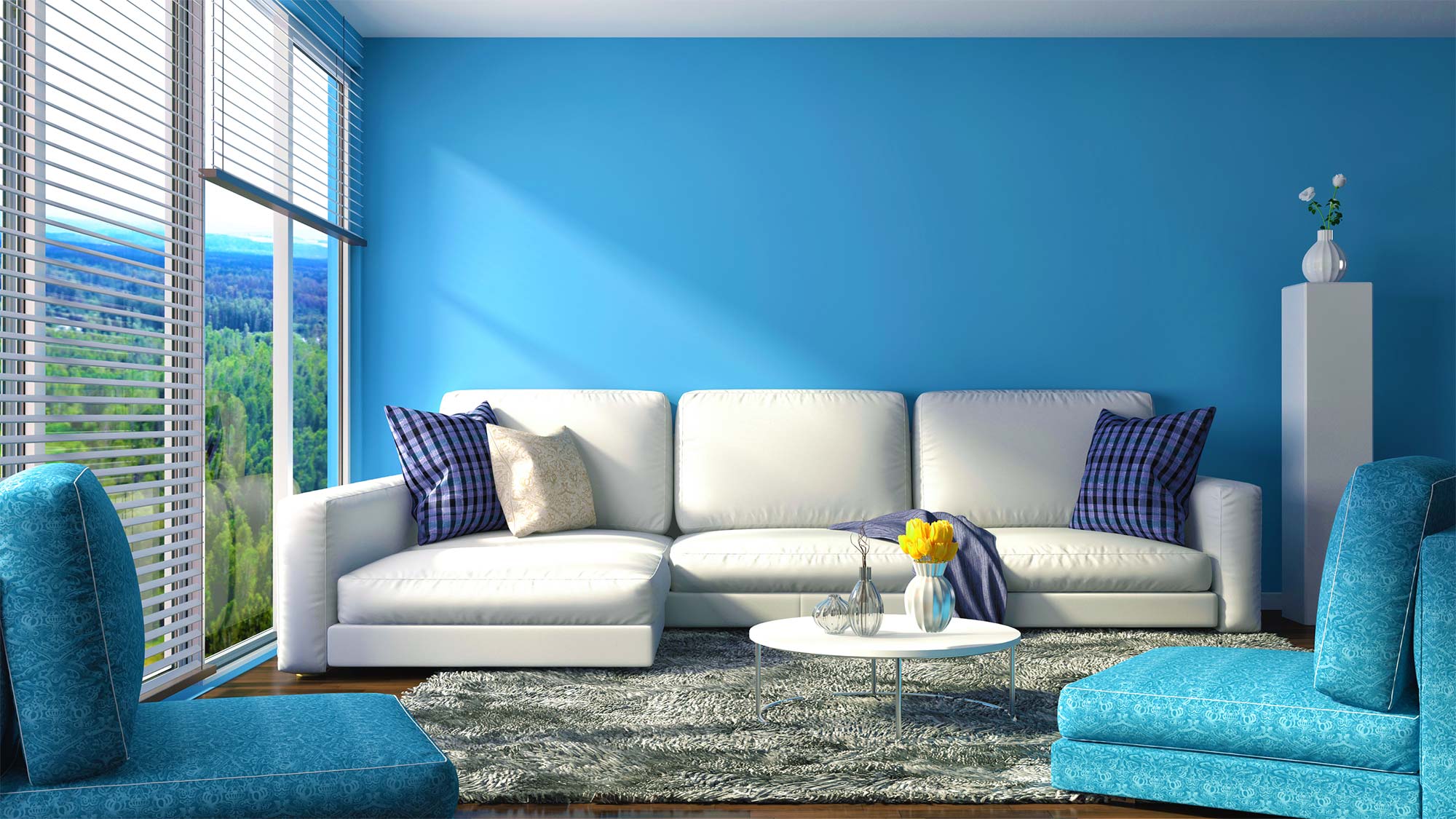
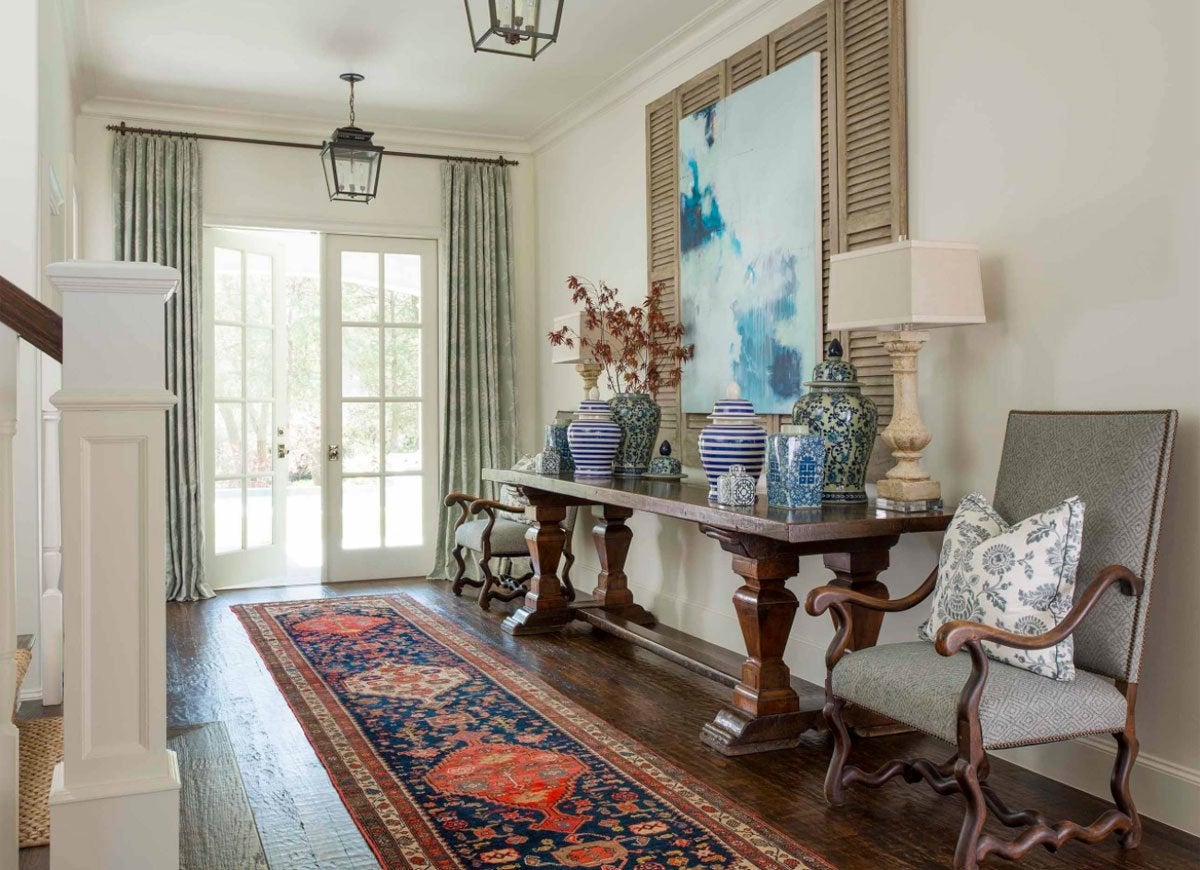
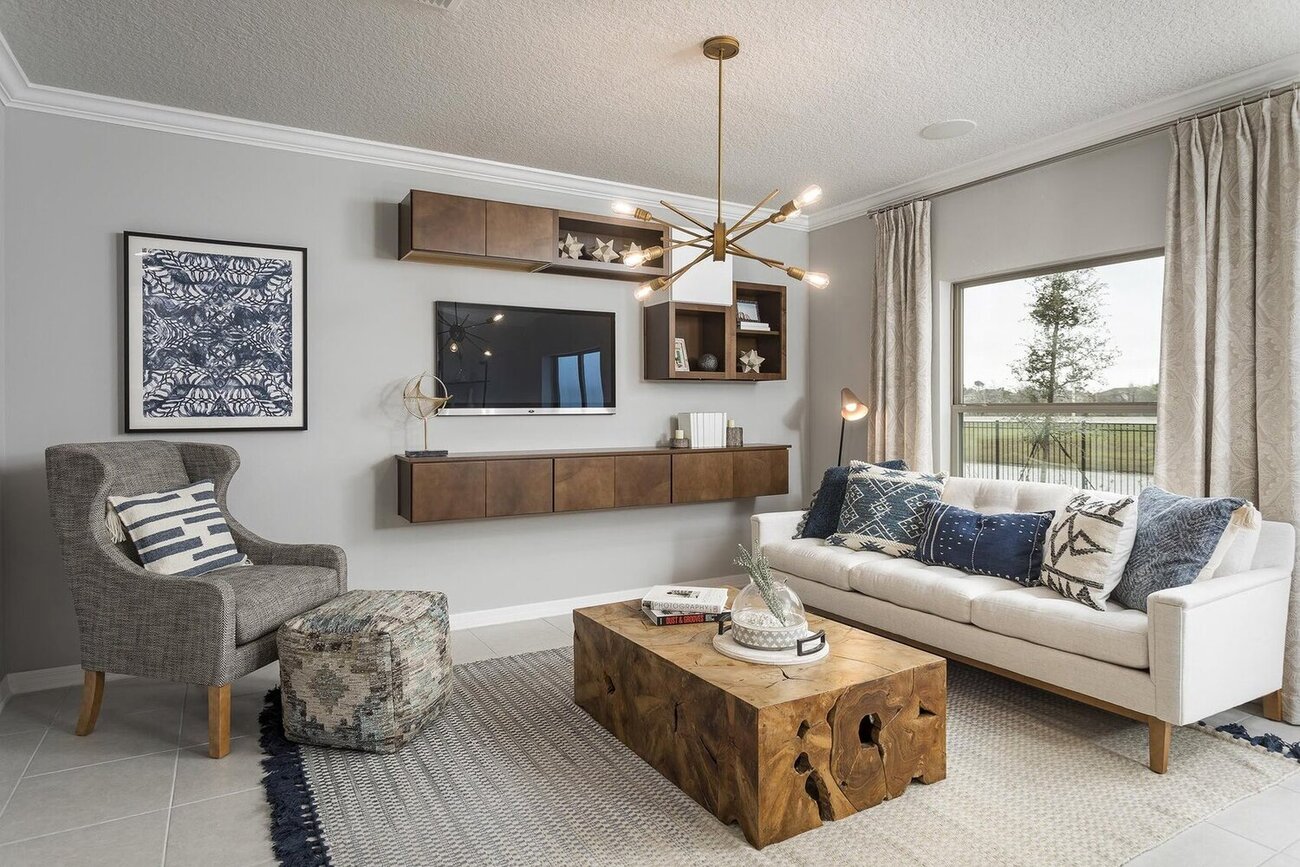
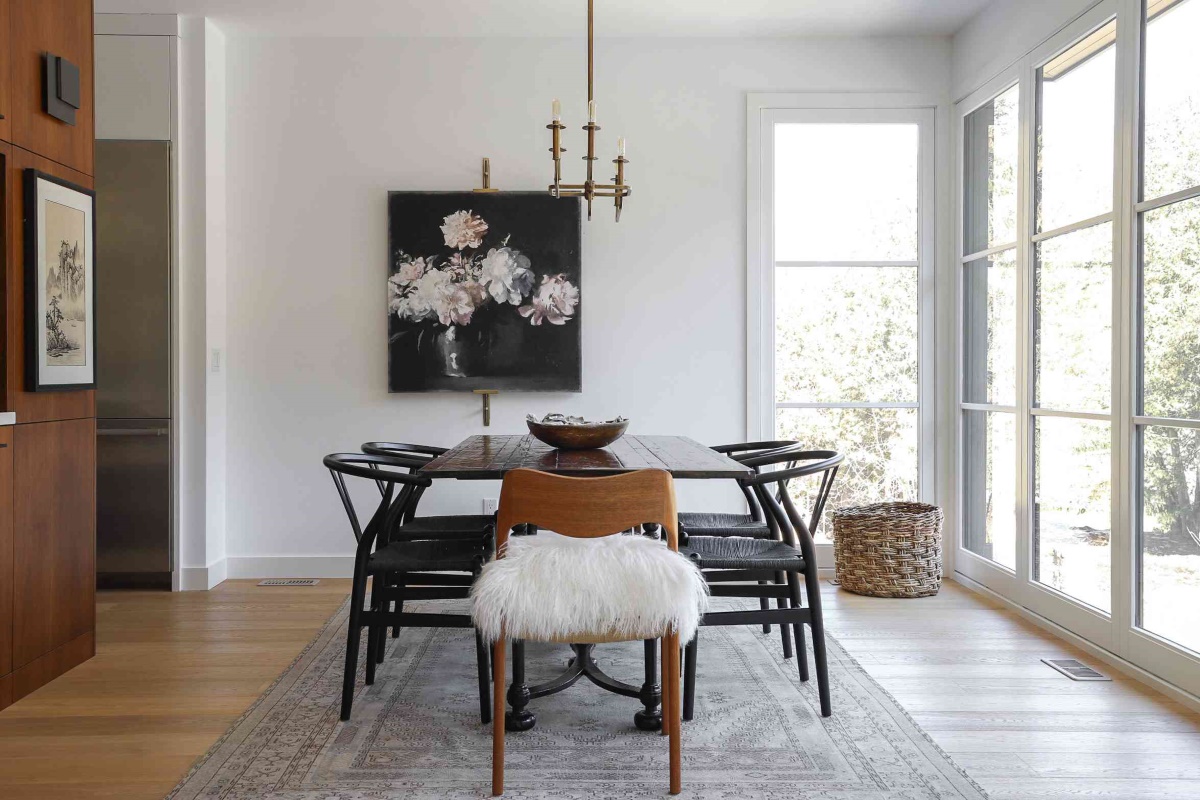

0 thoughts on “How To Make Windows And Rooms Look Bigger”